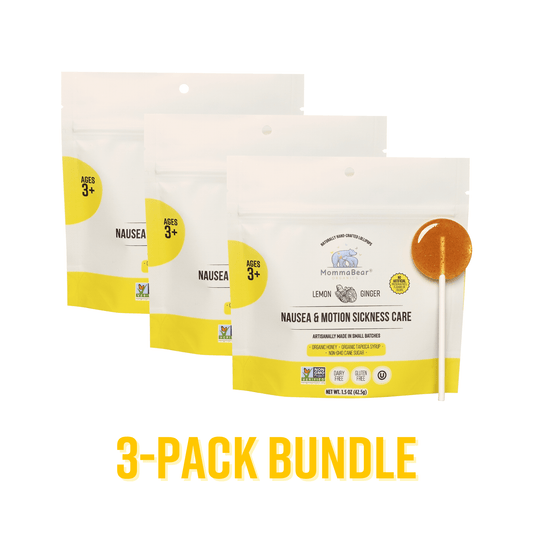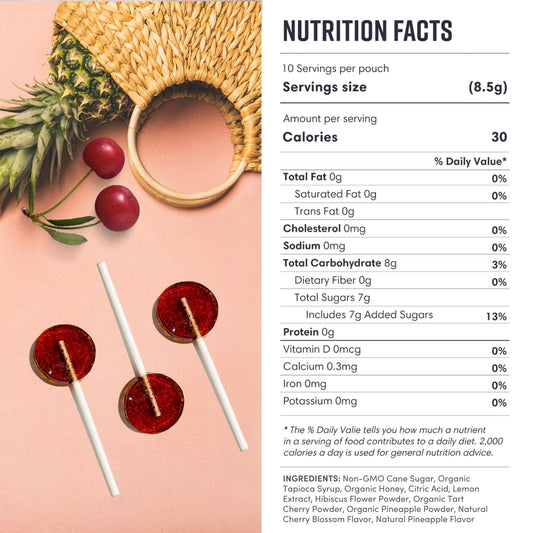Getting motion sick on a cruise is just the worst. I mean, you’re supposed to be having the time of your life, looking at these amazing ocean views, and instead, you just feel awful. It can really ruin the whole vibe. The good news is, there’s a bunch of stuff you can take or do to keep it from happening. So I wanted to just kind of walk through what I’ve learned about it—what motion sickness even is, what medicines work, the side effects, and some other things you can try if you’re not into taking pills.
Understanding Motion Sickness
Motion sickness is one of those things that can hit anyone. It doesn’t matter how tough you think you are. It’s all about a weird disconnect between what your eyes are seeing and what your body is feeling, and your brain just kind of... freaks out.
What is Motion Sickness?
Basically, your brain is getting mixed signals. Your eyes might see the inside of a cabin that looks perfectly still, but your inner ear—the part that controls your balance—is feeling the ship rock back and forth. It’s like your eyes and your ears are in an argument, and your brain is the confused parent in the middle. That confusion is what leads to all the good stuff: feeling dizzy, starting to sweat, getting nauseous, and yeah, sometimes throwing up.
Causes of Motion Sickness on Cruises
On a cruise ship, it’s pretty obvious what the main cause is, right? The waves. But a few other things can make it worse.
I’ve put together a little list of what I’ve noticed.
-
Rough seas: This one’s a no-brainer. Bigger waves, more rocking.
-
The ship itself: Some of the newer, bigger ships are super stable, but you can still feel the motion on smaller or older ones.
-
Where you are on the ship: A cabin in the middle of the ship, on a lower deck, is usually the most stable spot. The front and back, or higher up, you’ll feel it more.
-
How long you're at sea: Sometimes you get used to it after a day or so. Other times, it just wears you down.
And honestly, a huge part of it is just in your head. If you’re anxious about getting sick, you’re way more likely to feel sick. It’s a vicious cycle. I’ve also found that trying to read or look at my phone is a terrible idea. It just makes that eye-ear disconnect even worse. The best thing you can do? Go out on the deck and just stare at the horizon. It sounds like a cliché, but it really does help your brain reset.
Types of Motion Sickness Medicines
So, when it comes to actually treating this stuff, you’ve basically got two choices: the stuff you can buy at any pharmacy and the heavy-hitters you need a doctor for. I’ve tried a few, and what works really depends on the person.
Over-the-Counter Medicines
This is where most people start. They're easy to get and usually do the trick for mild cases. Here’s the stuff you’ll probably see on the shelf:
-
Diphenhydramine (Benadryl): Yep, the same stuff you take for allergies. It works for motion sickness, too, by calming down that whole brain-confusion thing.
-
Dimenhydrinate (Dramamine): This is the classic. It's made specifically for motion sickness. Pretty much the same as Benadryl but with a mild stimulant to try and balance out the drowsiness.
-
Meclizine (Bonine): Another antihistamine. People seem to like this one because it's supposed to make you a little less sleepy than Dramamine, but your mileage may vary.
The big thing with all of these is they can make you drowsy. Like, really drowsy. I’d say definitely try one at home before you’re on a cruise, just to see how you react. You don’t want to be a zombie for your entire vacation. Dry mouth is also a thing, which is annoying but manageable.
Prescription Medicines
If the over-the-counter stuff doesn’t cut it, or if you know you get really, really sick, a doctor can prescribe something stronger.
-
Scopolamine: This usually comes as a little patch you stick behind your ear. People swear by this for cruises because it lasts for a few days. You just put it on before you go and forget about it. It’s pretty effective.
-
Promethazine: This one is serious business. It’s a powerful antihistamine for when symptoms are really bad. It can come as a pill or even an injection.
Prescription meds are no joke and they’re definitely more powerful. The scopolamine patch seems to be the go-to for cruisers who know they’re in for a rough time. A doctor might also give you some other tips, like staying hydrated and not eating a giant greasy meal right before the ship leaves port. You know, common sense stuff that we sometimes forget.
How to Use Motion Sickness Medicines
Okay, this part is super important. Just having the medicine isn’t enough; you have to use it the right way for it to work.
Precautions Before Taking Medicines
It feels like a hassle, but it’s honestly a good idea to just have a quick chat with your doctor before you start taking anything. Especially if you have other health issues, like glaucoma or whatever. You also want to make sure it won’t mess with any other meds you’re on. Kids and older folks can react differently, too, so it’s just better to be safe. You don't want to trade feeling seasick for some other weird problem.
Proper Dosage and Timing
Timing is everything. I learned this the hard way. You can’t wait until you start feeling sick to take the medicine—by then, it's often too late.
Here's my non-medical-advice way of remembering it:
-
Pills: Take them about an hour before the ship is set to sail. Give them time to kick in.
-
Patches: Slap that thing on a few hours before you even get on the ship.
-
Follow the directions: Don't try to be a hero and take more than the box says. It won't help you feel better faster, and it might just make the side effects worse.
Getting the timing right means you can actually relax and enjoy the sail-away party instead of hiding in your cabin. And yeah, some of them make you sleepy, so maybe don’t plan on operating any heavy machinery... or playing a high-stakes poker game.
Side Effects of Motion Sickness Medicines
Like any medicine, this stuff isn’t without its downsides. Knowing what to expect makes it a little less freaky if it happens.
Common Side Effects
These are the most common things you might feel. They’re annoying but usually not a huge deal.
-
Drowsiness
-
Dry mouth
-
Dizziness
-
Blurry vision
The sleepiness is the big one for me. But sometimes a little nap on a deck chair isn't the worst thing in the world, right? And drinking lots of water helps with the dry mouth.
Serious Side Effects
This stuff is super rare, so don't panic, but it’s good to be aware of the red flags.
-
A crazy allergic reaction, like a rash or trouble breathing.
-
Feeling really confused or agitated. This seems to be more of a risk for older folks.
-
Your heart doing weird things, like beating too fast.
If any of that happens, you should definitely find the ship’s doctor right away. It’s better to be safe.
Non-Medical Alternatives for Motion Sickness
I’m all for trying natural stuff first when I can. These are some of the classics that people have been using forever.
-
Ginger: This is the big one. I’ve seen it as chews, candies, tea, and even capsules. I read somewhere that it’s been used for centuries to calm upset stomachs, and for good reason—it really seems to help.
-
Peppermint: A cup of peppermint tea or even just sniffing some peppermint oil can be really soothing. It just helps calm your stomach down.
-
Acupressure: You’ve probably seen those wristbands with the little plastic button on them. They’re supposed to press on a specific point on your wrist (it's called the P6 point) that helps with nausea. I don’t know how it works, but some people swear by them.
Behavioral Techniques
Sometimes it's not about what you take, but what you do. These are little tricks to help your brain cope.
-
Look at the horizon: I said it before, and I’ll say it again. It gives your brain a stable point of reference and helps it make sense of the motion.
-
Pick a good spot: If you can, hang out in the middle of the ship on a lower deck. Less sway there.
-
Breathe: When you start to feel queasy, just take some slow, deep breaths. It helps with the anxiety, which in turn helps with the nausea.
It’s all about finding what works for you. Maybe it’s a combo of things—some ginger chews and a good spot on the deck.
It’s funny, all this talk about natural remedies makes me think about what we do at MommaBear Organics. We’re always looking for gentle, natural ways to handle everyday ailments. So it just makes sense to try things like ginger or peppermint first. Combining those simple, time-tested remedies with smart choices, like finding a stable spot on the ship, can make all the difference. You should be able to enjoy every single sunset on that cruise without worrying about your stomach.
I guess, at the end of the day, it's about being prepared. Motion sickness feels like this big, scary thing that can take over your vacation, but it doesn't have to be. Knowing you have a plan—whether it’s a patch, a pill, or a pocket full of ginger candies—gives you back a little bit of control. And sometimes, that's all you really need to feel better.










